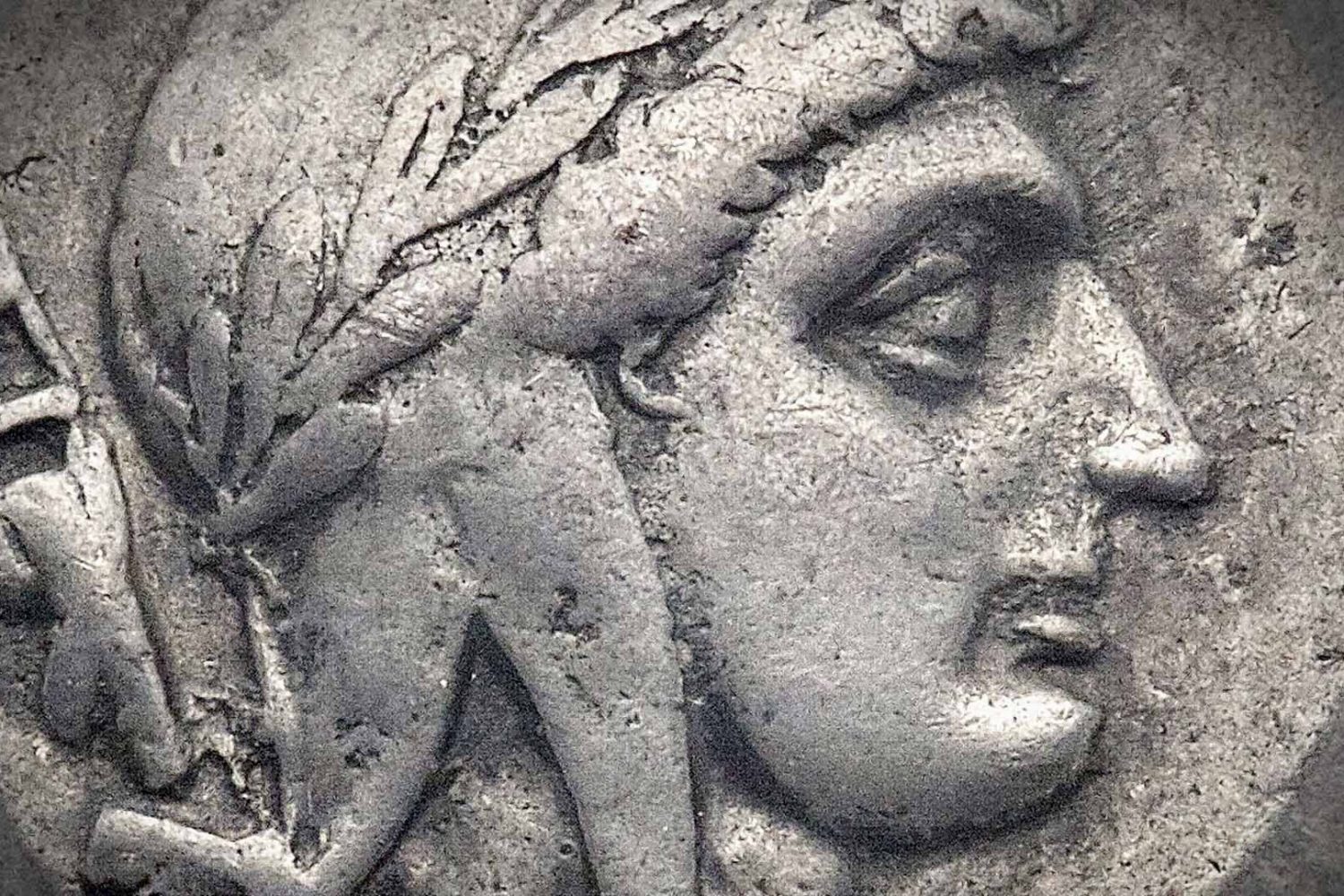When packing for a trip to Cankiri, your packing list will vary depending on the time of year you plan to visit and the activities you plan to do. Here are some general suggestions:
Clothing: If you’re visiting in the summer, pack lightweight clothing, but also bring a light jacket or sweater for cooler evenings. If you’re visiting in winter, bring warm clothing, including a coat, gloves, and a hat, as it can get quite cold.
Footwear: Comfortable walking shoes are essential for exploring the city and historical sites. If you plan on hiking in the Ilgaz Mountain range, consider bringing appropriate hiking boots.
Accessories: Don’t forget sunglasses, a hat, and sunscreen to protect yourself from the sun. If you’re visiting in the winter, you might also want to bring a good quality lip balm and moisturizer, as the cold weather can be harsh on your skin.
Medication: Bring any prescription medication you may need, as well as a basic first aid kit with band-aids, antiseptic wipes, and over-the-counter pain relievers.
Electronics: Don’t forget your phone, camera, and any other electronics you might need. Also, bring the appropriate adapters for Turkish outlets, which use the Type F plug (European two-pin plug).
Miscellaneous: Consider packing a reusable water bottle, snacks, and travel-sized toiletries. If you plan to visit the Cankiri Salt Cave, you might want to bring a light jacket or sweater, as it can be cooler inside the cave.
Documents: Always carry your passport or ID, driver’s license (if you plan on driving), and any other necessary travel documents.










